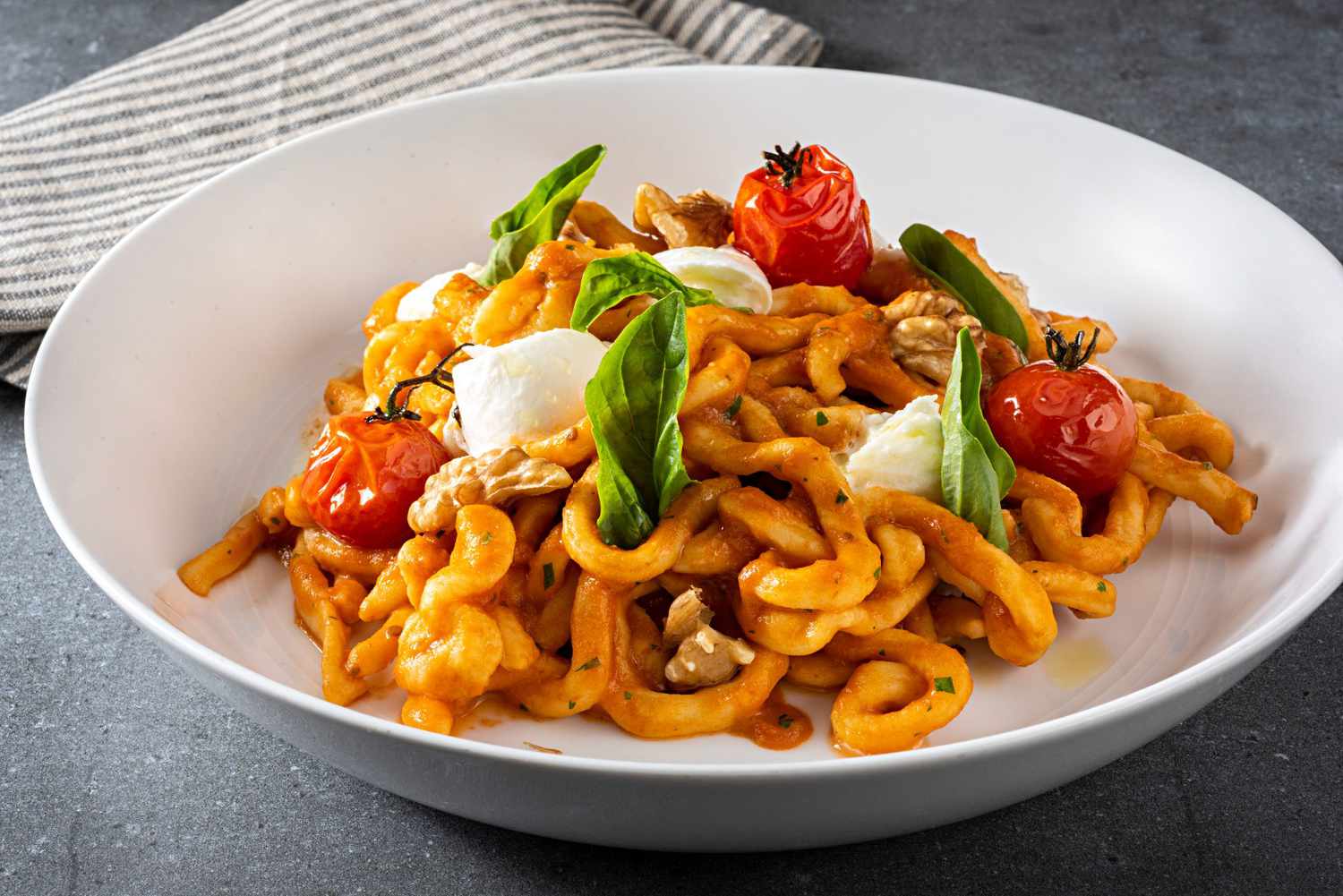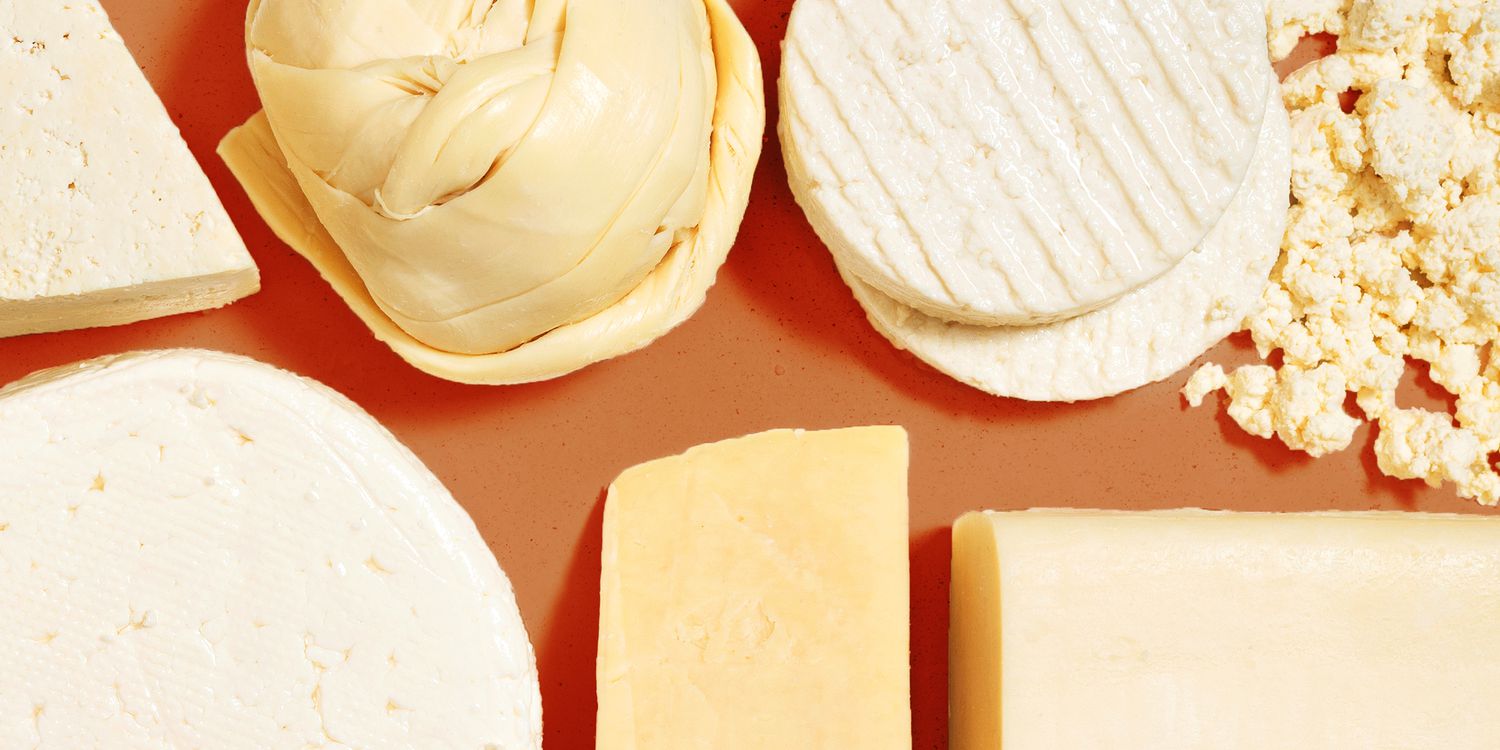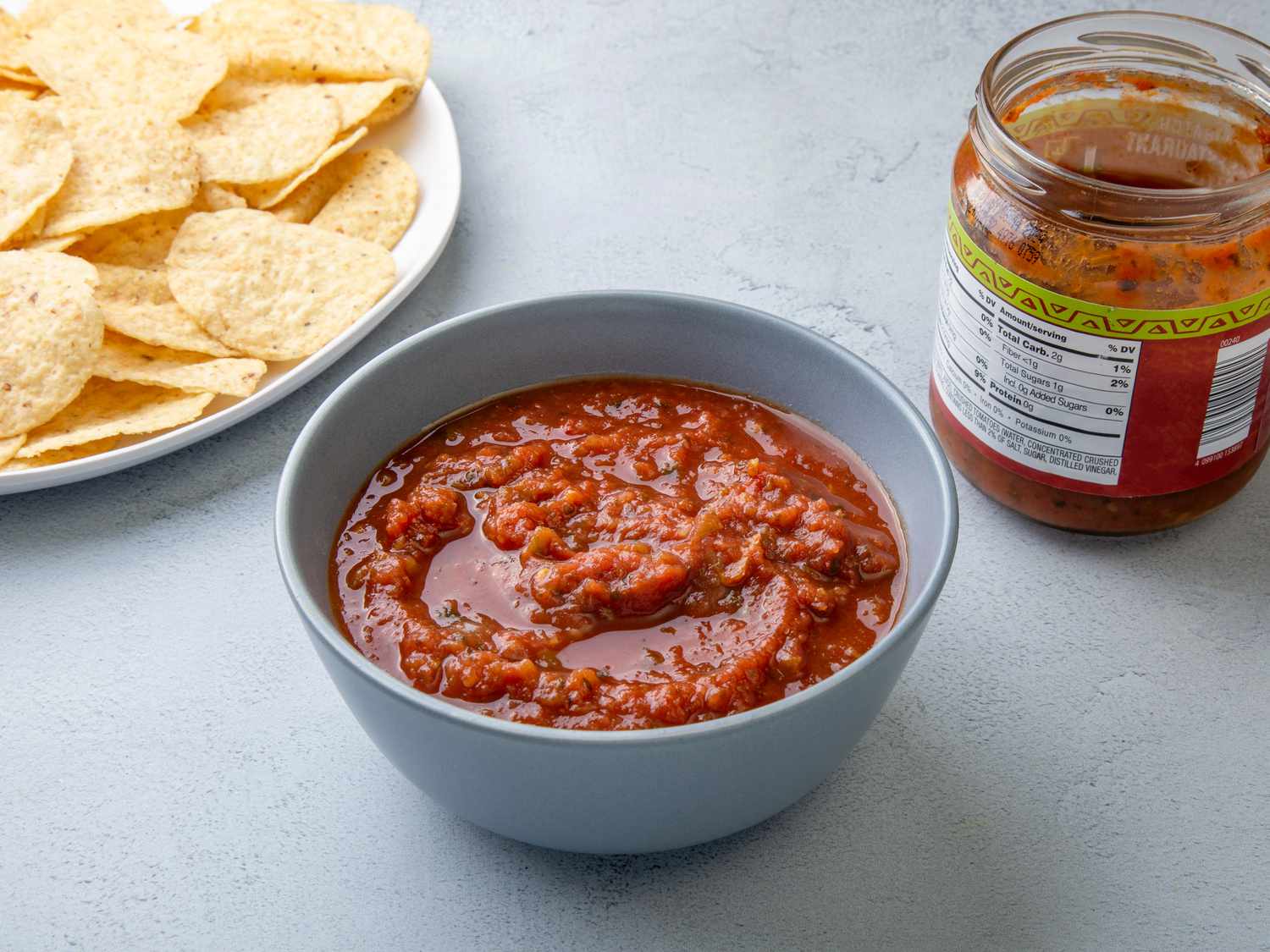We’ve all had nights where we have fresh pasta hankerings without fresh pasta time. Don’t get me wrong, egg pasta (what many people probably think of when they think “fresh pasta”) is fantastic and totally worth the work of kneading the dough, rolling it out on a pasta machine, and cutting it into shapes. But some nights, I just don’t have the time or energy for all that work.
Enter, semolina dough — a traditional Southern Italian dough made from just semolina flour and water. This dough is a lot easier to throw together and doesn’t require any special equipment, including a pasta maker; thus, it takes a fraction of the time to get to the table. Semolina dough can be easily molded into a ton of different hand-formed shapes that only require a few tools you already have in your kitchen, like a fork or a butter knife.
Where to Buy Semolina Flour
Semolina flour can be sometimes tricky to source at most regular grocery stores, but it’s super easy to find online. Look for labels that say “semolina,” “semola,” and “rimanciata.” Technically, semolina is a coarser grind than semola, but both work great; semolina will just give you a bit more of a chewy bite. Caputo and De Cecco brands both make perfect flours for pasta, and I usually recommend those if you can find them. If you live near an Italian grocery store, check there — they will almost definitely have a variety of choices.
The Ratio
The great thing about semolina pasta dough is that it’s as easy to make two portions for a quick weeknight pasta dinner as it is 20 portions to freeze for pasta emergencies. As long as you stick to a two-to-one ratio of flour to water, you’re set. Once you feel comfortable with this dough, it’s easy to swap in half durum flour for a softer texture or even all-purpose flour if you’re in a pinch. Note: The easiest and most efficient way to make this pasta is to break out your kitchen scale for measuring the ingredients.
The Recipe

Semolina Pasta Dough (serves 2):
- 300g of semolina flour
- 150g of hot water
- Pinch of salt
1. Measure flour and salt into a large bowl and make a well in the center with your hand. Pour water into the well, and using a fork, slowly begin to stir in the water, making sure to incorporate the flour from the sides into the middle slowly. When the dough becomes too thick for the fork, use your hand to fold the rest of the semolina into the center.
2. Once the flour and water are more or less incorporated, dump the dough mass onto a wooden cutting board or a thoroughly cleaned countertop. Start to knead the dough by firmly pressing down on the dough. Fold it over itself and press, repeating a few more times until it vaguely resembles a ball. Set a timer for 10 minutes and begin aggressively kneading. Knead by pressing the heel of your palms into the dough, pushing away from you, and stretching the dough, fold the dough over itself and turn the dough a quarter turn. Continue this process for the rest of the time.
3. Once 10 minutes have passed, fold the dough into a loose ball shape. Press your finger into the dough; the surface should be smooth and bounce back a bit. The dough should be soft like play-dough and leave a finger dent in the surface. If the dough cracks when pressed, wet your hands and knead a few more times. If the dough sticks to your finger, dust some semolina flour onto your surface and knead a few more times.
4. Wrap your dough ball tightly in plastic wrap and rest for at least 15 minutes (but 30 minutes is best).
5. After resting, unwrap your dough, and using a very sharp knife, cut the ball into quarters. To avoid drying out, only work with one quarter at a time and rewrap the other quarters while you’re working.
6. Shape the dough into desired pasta shapes and boil in aggressively salted water for 3 to 5 minutes, checking for doneness at 3 minutes. Drain and serve in the sauce of your choice.
The Shapes
Pici

This is one of the most straightforward shapes and is great for a first-timer. Pici is a traditional shape from the Italian province of Tuscany. Think of it like spaghetti’s thicker cousin. It pairs great with most sauces, but as with most longer pasta noodles, a less chunky sauce is usually better. Cut a small chunk of dough off your quarter and roll it thinly like a snake on the board, cutting at between 10 and 12 inches. Lay each piece on a sheet tray coated with a thick dusting of semolina flour. To avoid sticking, roll each strand into the semolina to coat.
Malloreddus (a.k.a. Gnocchi Sardi)

Hailing from Sardina, malloreddus is traditionally eaten at the equivalent of a rehearsal dinner for weddings across the region and often includes a pinch of saffron in the dough. Malloreddus have a ribbed exterior that makes for an excellent sauce-grabbing texture. This is also an excellent shape to start with because it’s very forgiving. For this, you need a regular fork to help shape the dough. Divide each quarter of dough in half and roll them into logs about the thickness of your thumb. With a sharp knife, carefully cut the logs into square nuggets about the size of your thumbnail. Once you have your tiny nuggets, turn the fork over onto your work surface, so it’s laying horizontally in front of you and is facing down. Starting at the top where the tines meet the body of the fork, use your thumb to squish and roll each ball all the way down. Your end result should look like a taco shell with the lines from the tines of the fork on the outside. You can experiment with different sizes and pressure to make the version that you like best. Lay the malloreddus on a (generously) semolina-dusted sheet tray while you finish the other quarters. If you happen to have a gnocchi board laying around, you can use it with the same technique as you would with the fork.
Cavatelli

This shape exists in millions of different forms all across Italy, but you will most commonly find it in the region of Campania. Cavatelli look like tiny shells or hot dog buns and go well with sauces containing ground meat — or anything else that can be scooped up in their little pockets. For cavatelli, the only equipment you need is a regular butter knife. Just like malloreddus, proceed by rolling the dough into logs and cutting it into nuggets (as detailed above). For each nugget, press the cutting edge of the knife on the edge of the dough nugget and slowly drag the knife towards you as the dough curls up around the edge of the blade. This technique can take a few tries to get right, so don’t worry if the first few pasta noodles come out wonky. You can always roll the dough back out and try again if you want. Lay the cavatelli on a (generously) semolina-dusted sheet tray while you finish the other quarters.
Related:
- How to Make Homemade Pasta
- 15 Wow-Worthy Pasta Sauces That Aren’t Marinara
- 27 Types of Pasta and Their Uses
- 10 Fancy Pasta Sauces Ready in 30 Minutes or Less
- 9 Mistakes You Might Be Making When Cooking Pasta




